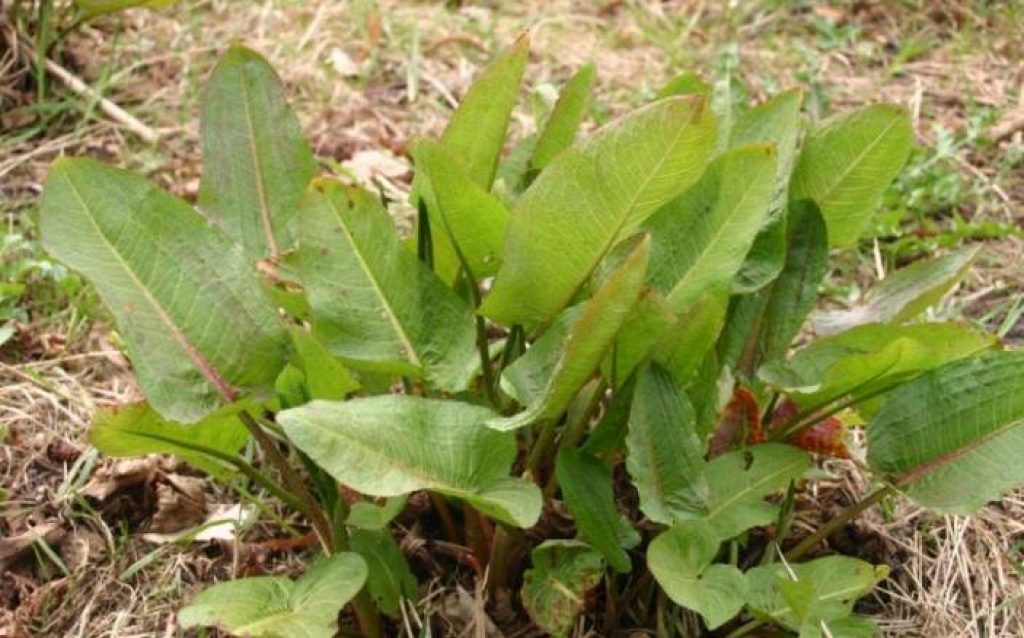Dock leaves, also known as bitter, bluntleaf, butter, or broad-leaved dock, is a perennial plant scientifically known as Rumex obtusifolius in family Polygonaceae (the smartweed, knotweed, or buckwheat family).
This highly invasive plant species native to Europe but grows on other temperate regions is valued for its leaves that serve as a vegetable on broths, or you can cook it like you cook spinach. In Romania, dried leaves serve as a spice.

Can rabbits eat dock leaves?
No. Don’t let your bunnies eat dock leaves, seeds, and greens or any other plant that belongs to the genus Rumex may have toxic effects on animals (Royer and Dickinson 1999) since they are high in oxalic acid.
Also, they host so many invertebrate pests and plant pathogens, and the milk from the Rumex obtusifolius plant may be a skin irritant.
Like its close relative, sorrel (they share the same genus Rumex), it is high in oxalic acid, with values ranging from 93–411 mg/100g. If consumed in large quantities, the oxalates may hamper normal kidney function and affect gastrointestinal absorption of some minerals.
Bunnies with a history of oxalate stones are vulnerable and shouldn’t have dock leaves or any other plant that is high in oxalic acid.
My bunny ate dock leaves
If your bunny eats some it, you don’t have to worry as they are unlikely to affect her unless she ingested too much. The good thing is, while they may nibble a little bit of this plant, bunnies tend to avoid most of the plants in the genus Rumex.
Some of the typical clinical signs of poisoning include
- Lack of appetite
- Lethargy and weakness
- Gastrointestinal problems
- Seizures
Talk to your vet for further diagnosis and treatment if your bunny overate of this herb or vegetable.
Conclusion
Due to their potential poisoning risks, stay away from any of the dock members. Instead, go for healthier veggies such as escaroles, raspberry, turning green, wheatgrass, watercress, spring greens, radicchio, endive, dill leaves, and so forth. There are also many safe herbs and weeds your bunny can eat.
Also, don’t forget to ensure their diet is balanced nutritional and is in the recommended proportion with unlimited grassy hay, limited fresh foods, pellets, and treats.
References
- Royer, F., and R. Dickinson. 1999. Weeds of the Northern U.S. and Canada. The University of Alberta Press. 434 pp.
